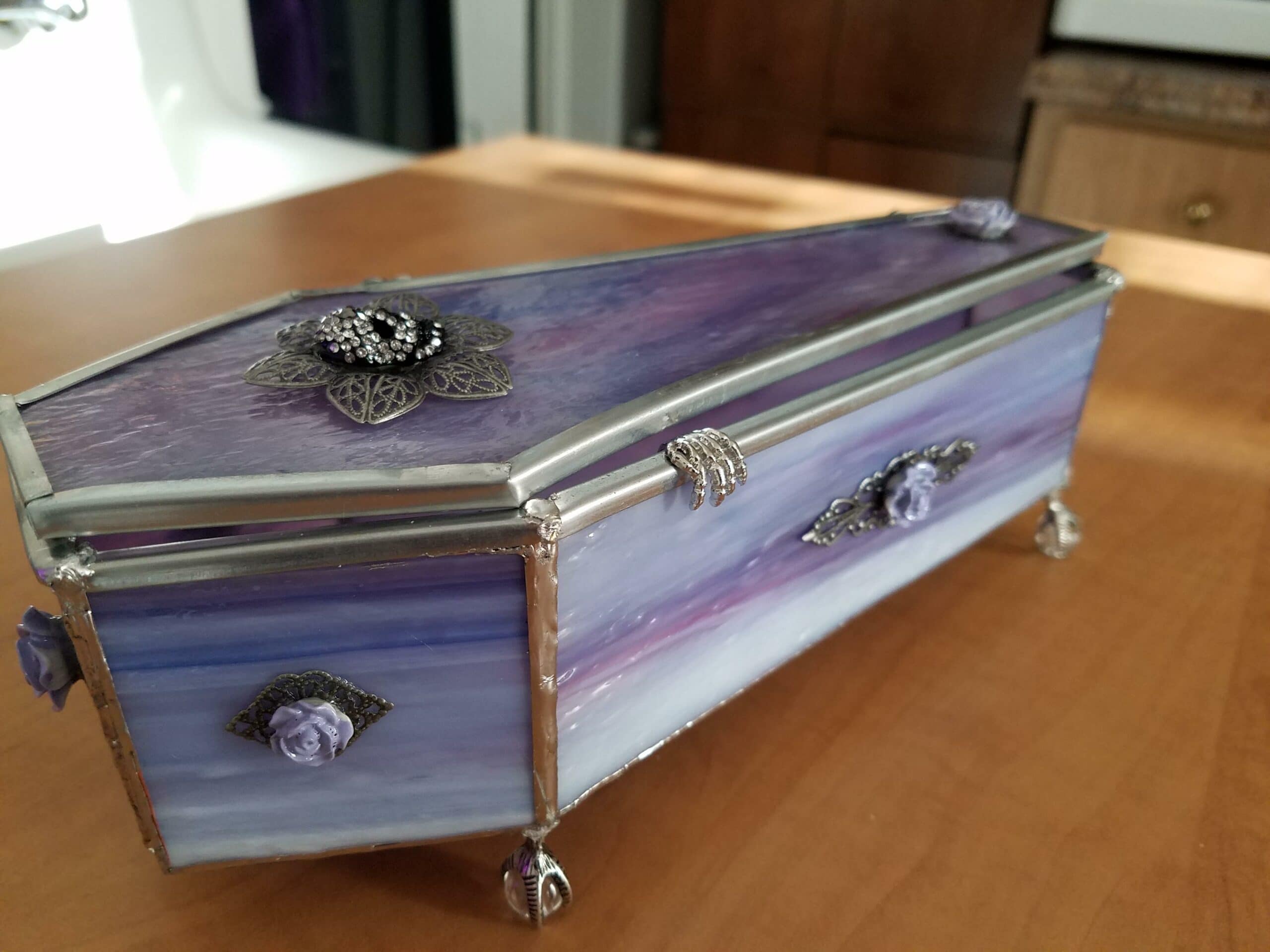2.2K
That worms really eat us when we lie dead in the coffin is a myth that nevertheless stubbornly persists in the minds of many people. You can find out the truth in the following.
Whether worms really do eat us
Death is still a largely taboo subject in our society today, which leads to many legends surrounding the subject of dying, such as that nails and hair continue to grow after death.
- That the body of a deceased person in a coffin is eaten by worms is another persistent myth that is not true.
- In a burial in the ground, the coffin is usually sunk 1.8 to 2 metres deep into the ground. However, earthworms are rarely found at this depth.
- Earthworms can penetrate to a depth of 2 metres, the dew worm even digs tunnels up to 3 metres deep, but as a rule worms stay in the upper, humus-rich layers of soil where they find sufficient food.
- Furthermore, worms are not scavengers in the true sense, but herbivores and substrate eaters. They feed on dead plant remains and microorganisms that they ingest when ploughing through the soil.
- In addition, modern coffins are usually very stable and durable. They form a barrier between the corpse and the soil. By the time the coffin has decomposed, the body lying in it has also decomposed.
Worms, maggots and decay
Often worms are also confused with maggots, which crawl out of the bodies of decomposing corpses in detective stories.
- Maggots are fly larvae that feed mainly on carrion. The maggots get onto the body by laying eggs if the body is not cooled for a long time after death.
- In mortuaries, however, the body of a deceased person is cooled throughout, which is why it is hardly likely that maggots are on it. Also, since deceased persons are buried promptly, the probability of maggot infestation is extremely low.
- As soon as the deceased lies in the grave, the so-called autolysis begins and with it the body’s own decomposition, in which enzymes dissolve the body cells, causing the organs and soft tissues to liquefy. In addition, the microorganisms that are responsible for digestion in the human body, for example, set rotting processes in motion.
